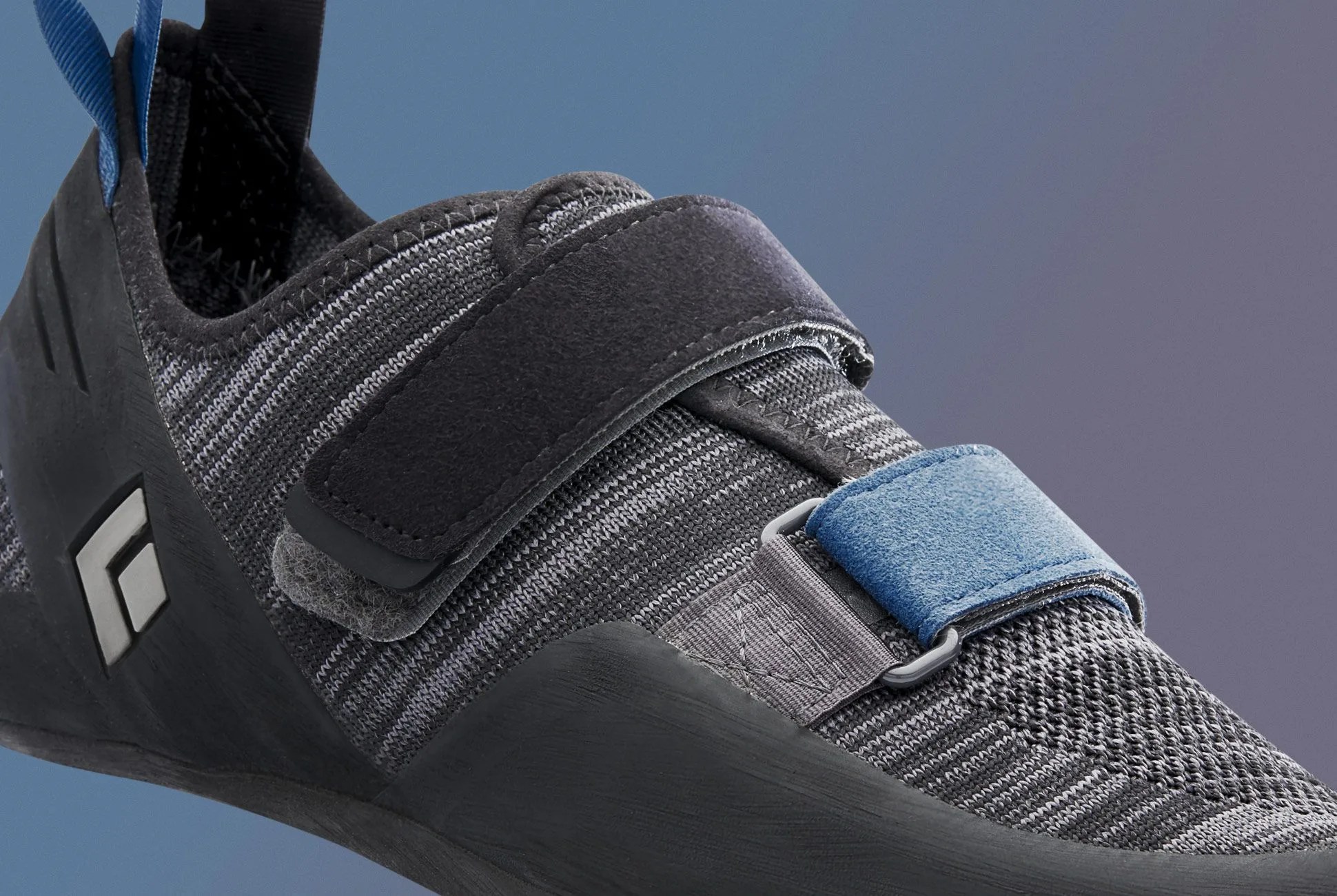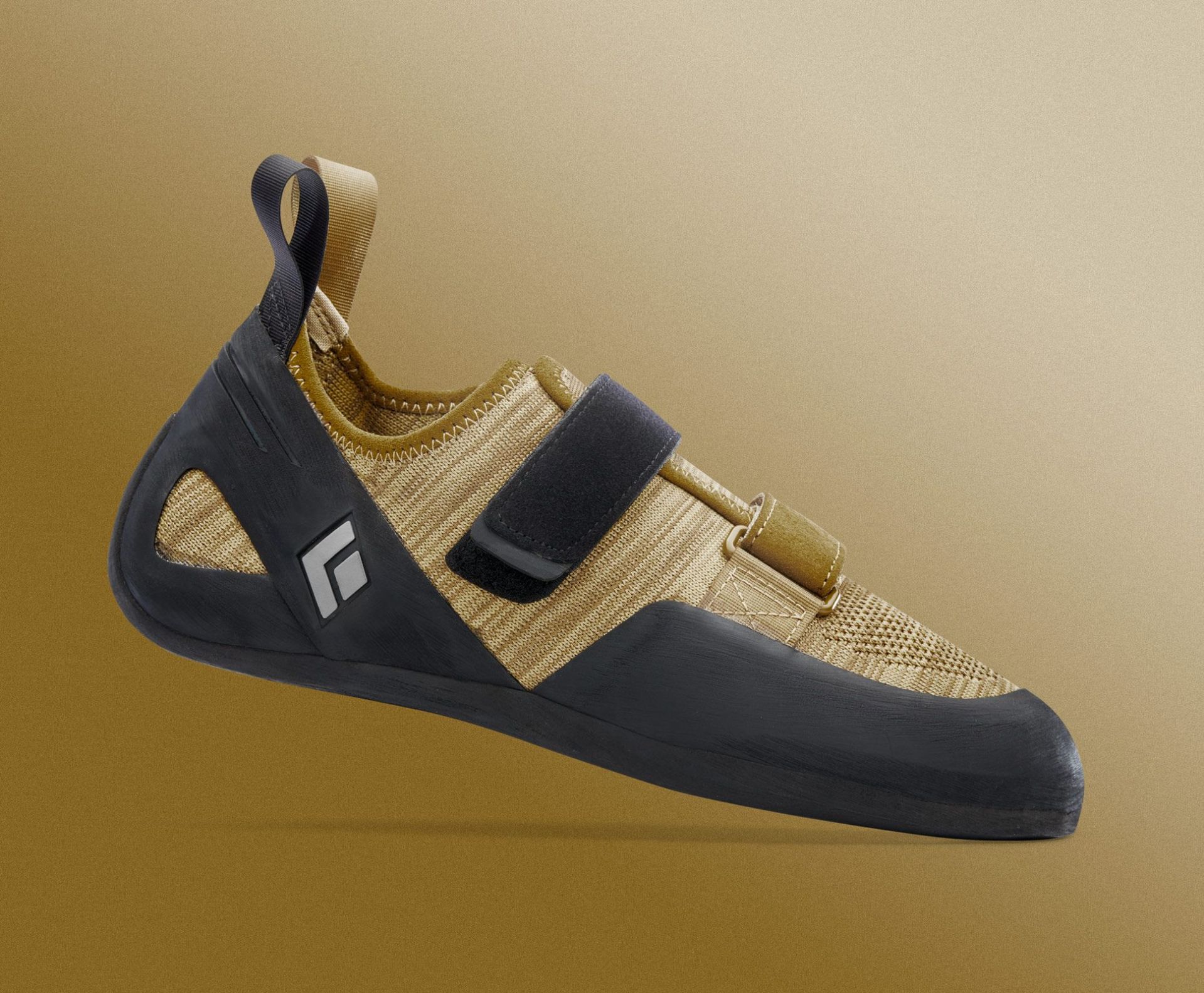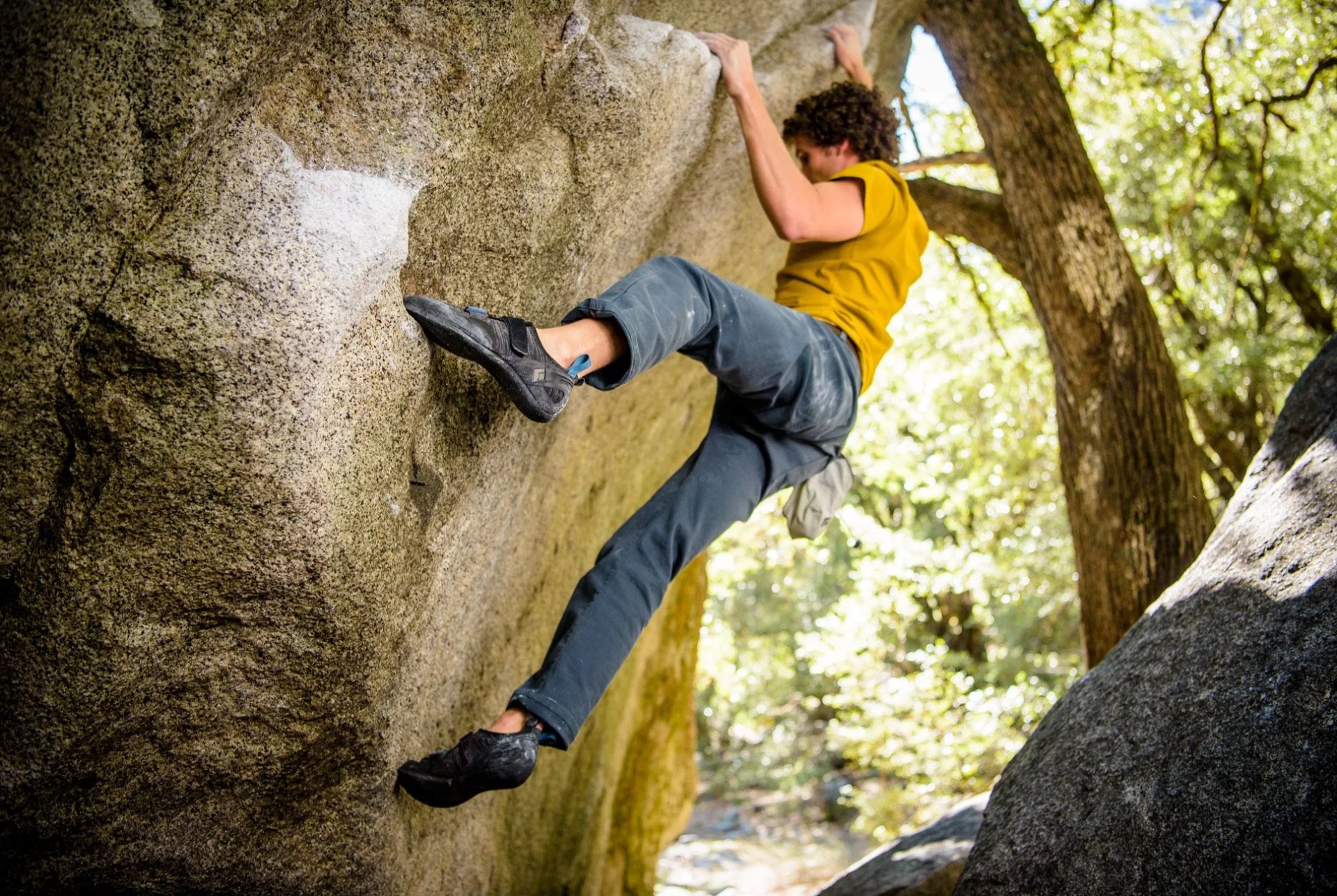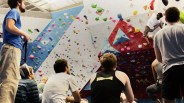About two hours north of New York City, on the westernmost border of the Hudson Valley, the Shawangunk Mountains bulge out of the Earth like a giant crease in a vast green carpet. It’s early October, and the first sparks of autumn are beginning to set the trees ablaze with orange and red and yellow — prime Gunks climbing season. The mountains themselves, a craggy ridgeline of hard, silica-infused quartzite and sandstone not so different from granite, are among North America’s legendary climbing destinations. It is the East Coast’s Yosemite.
At the base of the 275-foot-high crag, Kolin Powick, the climbing director at Black Diamond, zips open his backpack and dumps several odd-looking rubber shapes onto the leaf-littered ground. The shapes are Black Diamond’s first-ever climbing shoe prototypes. Each of them is unique, but one is unlike any climbing shoe before.
Why the climbing shoe is ripe for reinventing
This fall, Black Diamond released the Momentum, the first-ever climbing shoe to use engineered knit technology, a polyester-propylene fabric virtually identical to the kind used in Nike’s global-sensation Flyknit collection. By using this technology, Black Diamond is making a pointed effort to address a problem that has forever vexed climbers.
“The issue we saw was that [climbing] shoes aren’t super comfortable, or at least most people think they can’t be comfortable,” Powick said. “But, especially at the entry-level, [climbing] shoes can be comfortable. So, we set out to make a rock shoe that’s comfortable and breathes well, especially in the gym, when you don’t take your shoes off for the whole session.”
The influx of entry-level gym climbers represents an enormous opportunity not just for Black Diamond, but all outdoor brands.
Whenever Powick talks about the Momentum, two phrases frequently pop up: entry-level and gym climber. These key demographics have never been bigger. Climbing is no longer a fringe activity; every year, it looks more and more like a mainstream sport. According to the Climbing Business Journal, there were 414 climbing gyms in the U.S. at the end of 2016 — 26 of which had just opened that year. Most major U.S. cities now have at least one climbing gym. According to a report by the Physical Activity Council, from 2014 to 2015, over 148,000 people in the U.S. tried climbing for the first time — a huge spike in popularity, compared to the sport’s seven years of sluggish growth from 2007 to 2014. During that period, only about 19,000 people tried climbing. Last August, as part of a larger effort to appeal to a younger audience more interested in up-and-coming sports, the International Olympic Committee added climbing to the 2020 Tokyo Olympics.



